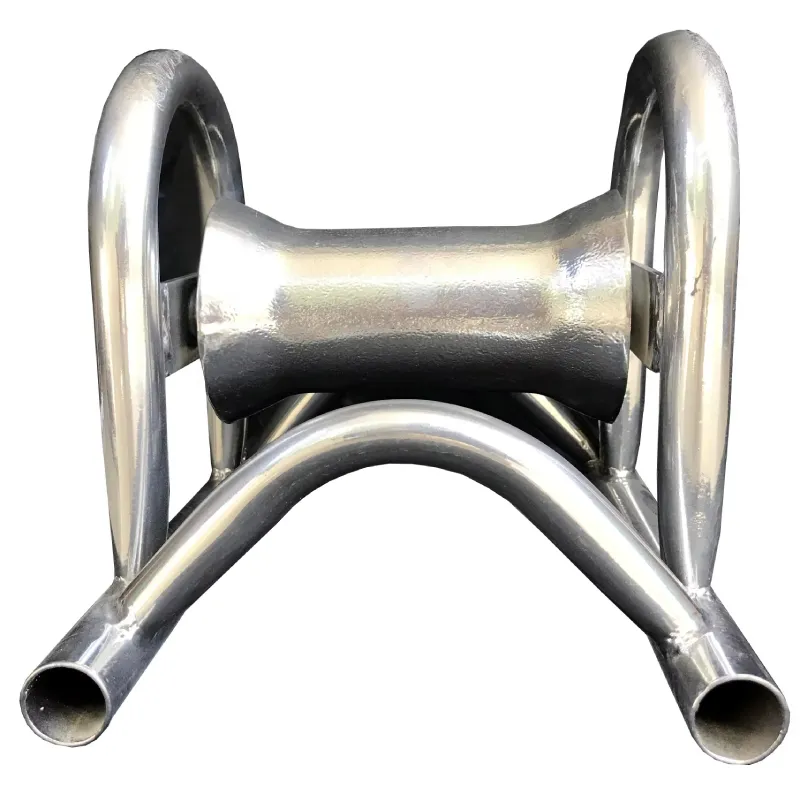
-
 Afrikaans
Afrikaans -
 Albanian
Albanian -
 Amharic
Amharic -
 Arabic
Arabic -
 Armenian
Armenian -
 Azerbaijani
Azerbaijani -
 Basque
Basque -
 Belarusian
Belarusian -
 Bengali
Bengali -
 Bosnian
Bosnian -
 Bulgarian
Bulgarian -
 Catalan
Catalan -
 Cebuano
Cebuano -
 Corsican
Corsican -
 Croatian
Croatian -
 Czech
Czech -
 Danish
Danish -
 Dutch
Dutch -
 English
English -
 Esperanto
Esperanto -
 Estonian
Estonian -
 Finnish
Finnish -
 French
French -
 Frisian
Frisian -
 Galician
Galician -
 Georgian
Georgian -
 German
German -
 Greek
Greek -
 Gujarati
Gujarati -
 Haitian Creole
Haitian Creole -
 hausa
hausa -
 hawaiian
hawaiian -
 Hebrew
Hebrew -
 Hindi
Hindi -
 Miao
Miao -
 Hungarian
Hungarian -
 Icelandic
Icelandic -
 igbo
igbo -
 Indonesian
Indonesian -
 irish
irish -
 Italian
Italian -
 Japanese
Japanese -
 Javanese
Javanese -
 Kannada
Kannada -
 kazakh
kazakh -
 Khmer
Khmer -
 Rwandese
Rwandese -
 Korean
Korean -
 Kurdish
Kurdish -
 Kyrgyz
Kyrgyz -
 Lao
Lao -
 Latin
Latin -
 Latvian
Latvian -
 Lithuanian
Lithuanian -
 Luxembourgish
Luxembourgish -
 Macedonian
Macedonian -
 Malgashi
Malgashi -
 Malay
Malay -
 Malayalam
Malayalam -
 Maltese
Maltese -
 Maori
Maori -
 Marathi
Marathi -
 Mongolian
Mongolian -
 Myanmar
Myanmar -
 Nepali
Nepali -
 Norwegian
Norwegian -
 Norwegian
Norwegian -
 Occitan
Occitan -
 Pashto
Pashto -
 Persian
Persian -
 Polish
Polish -
 Portuguese
Portuguese -
 Punjabi
Punjabi -
 Romanian
Romanian -
 Russian
Russian -
 Samoan
Samoan -
 Scottish Gaelic
Scottish Gaelic -
 Serbian
Serbian -
 Sesotho
Sesotho -
 Shona
Shona -
 Sindhi
Sindhi -
 Sinhala
Sinhala -
 Slovak
Slovak -
 Slovenian
Slovenian -
 Somali
Somali -
 Spanish
Spanish -
 Sundanese
Sundanese -
 Swahili
Swahili -
 Swedish
Swedish -
 Tagalog
Tagalog -
 Tajik
Tajik -
 Tamil
Tamil -
 Tatar
Tatar -
 Telugu
Telugu -
 Thai
Thai -
 Turkish
Turkish -
 Turkmen
Turkmen -
 Ukrainian
Ukrainian -
 Urdu
Urdu -
 Uighur
Uighur -
 Uzbek
Uzbek -
 Vietnamese
Vietnamese -
 Welsh
Welsh -
 Bantu
Bantu -
 Yiddish
Yiddish -
 Yoruba
Yoruba -
 Zulu
Zulu


Aug . 12, 2024 08:36 Back to list
Innovative Ratchet Mechanism for Efficient Cable Pulling Applications and Enhanced Performance Solutions
The Importance of Ratchets in Cable Pulling Operations
In various industries, the need to efficiently pull cables—whether for electrical installations, telecommunications, or construction—is a common requirement. Cable pulling can be a challenging task, particularly when dealing with long distances, significant weight, or tricky terrains. One tool that plays a vital role in making this process safer and more efficient is the ratchet, especially designed for cable pulling.
Understanding Ratchets
A ratchet is a mechanical device that allows for motion in one direction while preventing movement in the opposite direction. The mechanism typically consists of a gear and a pawl that locks into the gear's teeth to hold the load securely in place. This feature is incredibly advantageous in cable pulling scenarios where tension and control are paramount.
Benefits of Using Ratchets in Cable Pulling
1. Controlled Tension One of the key advantages of using a ratchet system in cable pulling is the ability to apply controlled tension to the cable. This is critical because excessive tension can damage the cable insulation or lead to mechanical failure. A ratchet allows operators to gradually increase tension, ensuring that the cable experiences uniform stress and reducing the risk of damage.
2. Enhanced Safety Safety is a top priority in any cable pulling operation. The ratchet mechanism helps secure the load, preventing accidental release that could lead to injuries or equipment damage. By locking the cable in place during adjustments or when repositioning equipment, workers are less likely to experience sudden jerks or slips, which can be dangerous.
3. Efficiency Using a ratchet can significantly enhance the efficiency of cable pulling tasks. Since the operator can release tension incrementally, they can not only save time but also reduce the physical strain involved in the process. This is especially important in large-scale installations where cables can be heavy and unwieldy.
ratchet for cable pulling

4. Versatility Ratchets come in various designs, allowing them to be used in a wide range of environments and applications. Whether you are pulling cables through conduits, over distances on a construction site, or even in underground installations, there is a ratchet designed to meet those specific needs.
5. Durability and Reliability The materials used in ratchet construction often ensure long-lasting durability. High-quality ratchets can withstand the harsh conditions often present in cable pulling operations, such as extreme weather or rough handling. This reliability translates to fewer breakdowns and interruptions, leading to smoother operations.
Best Practices When Using Ratchets for Cable Pulling
To maximize the benefits of ratchets during cable pulling, operators should adhere to some best practices
- Regular Inspection Ensure that the ratchet mechanism is regularly checked for wear and tear. Any damage can compromise safety and effectiveness. - Proper Training Operators should be trained in the correct use of ratchets to avoid mishandling, which could lead to accidents.
- Load Management Be aware of the load limits of the ratchet being used and avoid exceeding those limits to ensure both safety and equipment longevity.
- Clear Communication In team settings, maintain clear communication about movements and adjustments to ensure everyone is aware of the operation’s status and can respond quickly if an issue arises.
In conclusion, ratchets are indispensable tools in cable pulling operations. They provide the necessary control and safety that modern installation projects demand, enhancing efficiency while safeguarding the integrity of both the cables and the workforce involved. By incorporating ratchets into cable pulling practices, industries can improve their operational capabilities significantly.
Latest news
duct-rodders-and-conduit-rod-tools
NewsAug.22,2025
ratchet-pullers-and-wire-tightening-tools
NewsAug.22,2025
chain-ratchet-pullers-and-hoist-solutions
NewsAug.22,2025
telescopic-hot-stick-for-electrical-and-high-voltage-use
NewsAug.22,2025
cable-clamp-and-insulated-cable-clamp-systems
NewsAug.22,2025
duct-rodder-conduit-rodder-and-cable-solutions
NewsAug.22,2025








